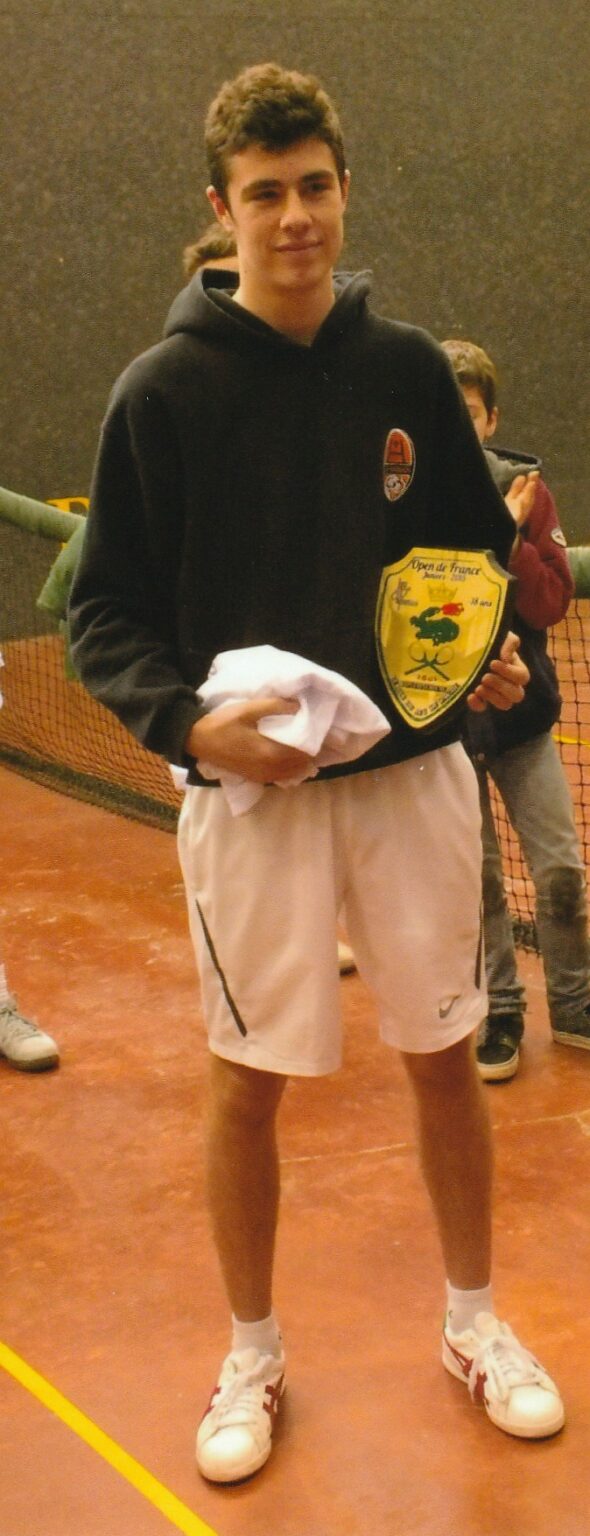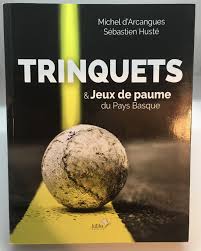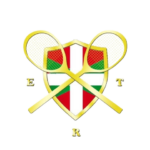
JEU DE PAUME BAYONNE PAYS BASQUE
Euskal Real Tennis
JEU DE PAUME
BAYONNE - PAYS BASQUE
Euskal Real Tennis
In the Basque Country, real tennis is closely linked to Basque pelote, a sporting discipline with several variations, played on front walls, left walls or indoor halls known as “ trinquets” (pronounced “trinquays”).
The transition to these more modern forms of the game has not, however, caused the cultural and heritage imprint of the real tennis game to disappear.
The trinquets are witnesses to the evolution of the Basque pelote sports over several centuries to the present day. As such, some of the old real tennis halls, now transformed into trinquets, can still be used to play real tennis, although the configuration of the halls may differ from historical times.
These places offer a unique atmosphere, combining tradition with adaptation to sporting evolutions. It is an exceptional privilege to be able to play real tennis in these places steeped in so much history, where sporting and cultural traditions continue to exist.
Take advantage of this unique opportunity to experience real tennis in buildings with a rich architectural history and connection to the past.
By playing real tennis in these places steeped in tradition, you will help preserve and continue the celebration of an important part of the local heritage.
Did you know !
It is thanks to the invention of the rubber ball - which required more space and bounce - and the arrival of the chistera (wicker glove), that most real tennis halls were modified into trinquets by the players of Basque pelote.
The Champions
The Champions
Pierre Etchebaster
The greatest real tennis champion of the 20th century was Basque!
An emblematic and legendary character in this demanding sport, Pierre Etchebaster, a native of Saint-Jean-de-Luz, was world champion from 1928 to 1956.
He remains today the absolute reference in the world of real tennis players.
In 1911 at 18 years of age, Pierre Etchebaster became champion of France in the discipline of pelote basque. He started real tennis in 1922, became world champion in 1928 in London and champion of the USA when he won the title beating Jack Soutar in Philadelphia.

He taught in New York’s real tennis club for more than 30 years.
Emile Broquedis
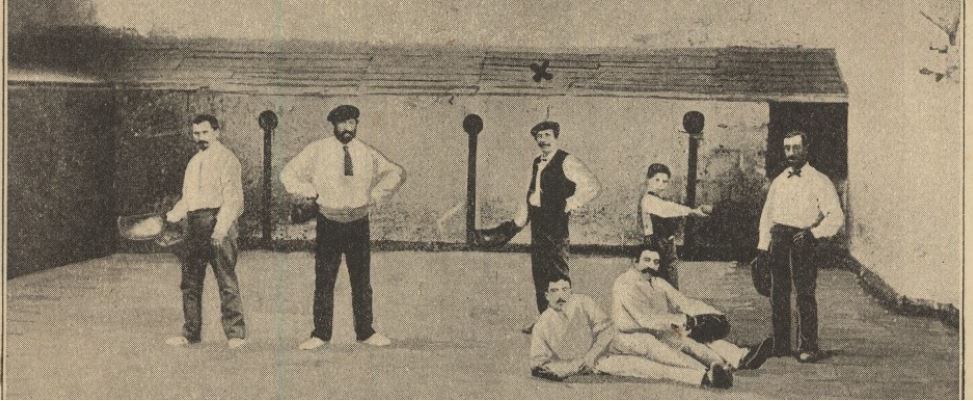
Emile Broquedis, born in 1862, knew the Saint André court in Bayonne in its real tennis court configuration with the chases painted in black, the grille, the galleries, the penthouse and the tambour.
At 17, he went to play at the Jeu de Paume in Bordeaux (rue Rolland, built at the end of the 18th century). He developed his easy and elegant game there under the direction of John Tompkins, whose brother Edmund left his mark on the English real tennis at the end of the 19th century.
In 1881, he returned to Saint-André where the game of Basque pelote had definitively supplanted real tennis and the trinquet was definitively transformed upon his departure in 1888.
Emile continued his real tennis career at Parc Beaumont in Pau, ranking among the best French amateurs. After spending a few months in the United States between 1901 and 1902, he continued his career as a master real tennis player at the Tuileries tennis court in Paris from 1905 to 1907.
Cécile Alchutéguy
A former tennis player, having participated 4 times at Roland Garros junior, Cécile Alchutéguy is one of the best ladies’ French real tennis players.
She has participated in several international competitions, including 3 world championships, one in England in Leamington in 2015 and the others in Tuxedo, New York in 2017 and 2024. Cécile was ranked No. 1 in France and is now No. 2.
Cecile is also President of our club and member of the French Committe of Courte Paume.
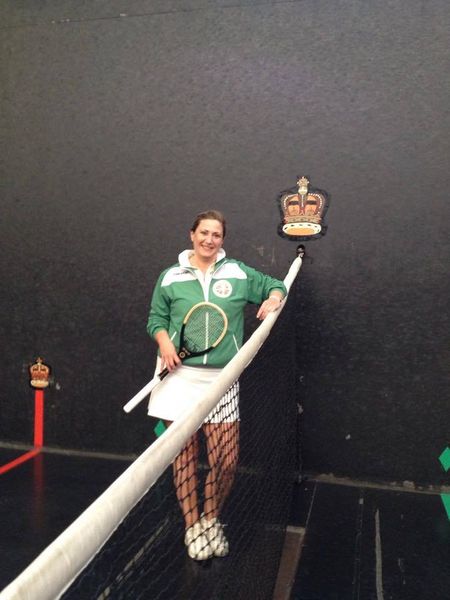
Alex Foix
Vice-champion of France in 2012 at the age of 15, Alex was twice French champion in the under 18 category (2013 and 2015) and doubles champion in the IRTA Doubles Championship in 2016.
Following his STAPS Licence in Paris, he is currently continuing his education in Sydney, Australia completing a Masters in Sports Economy and Management.
